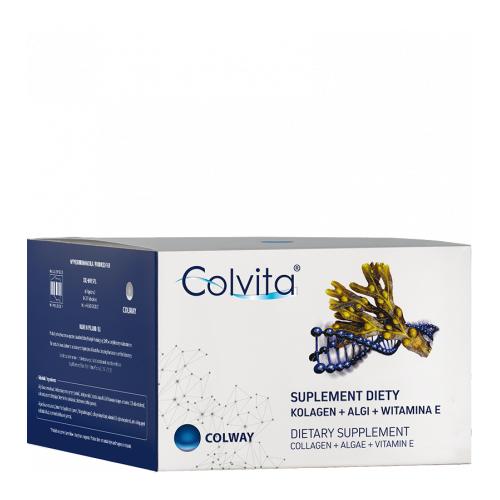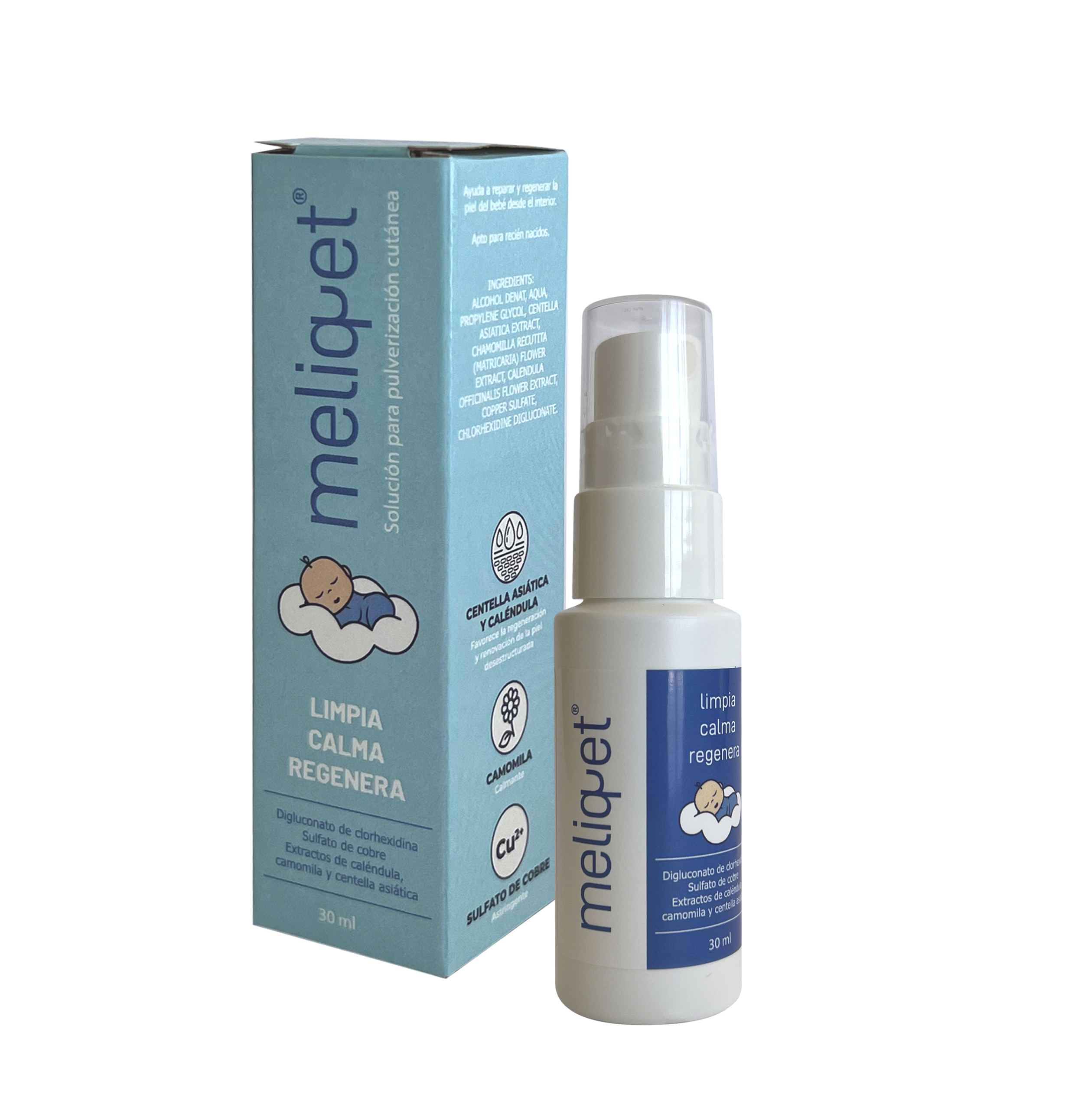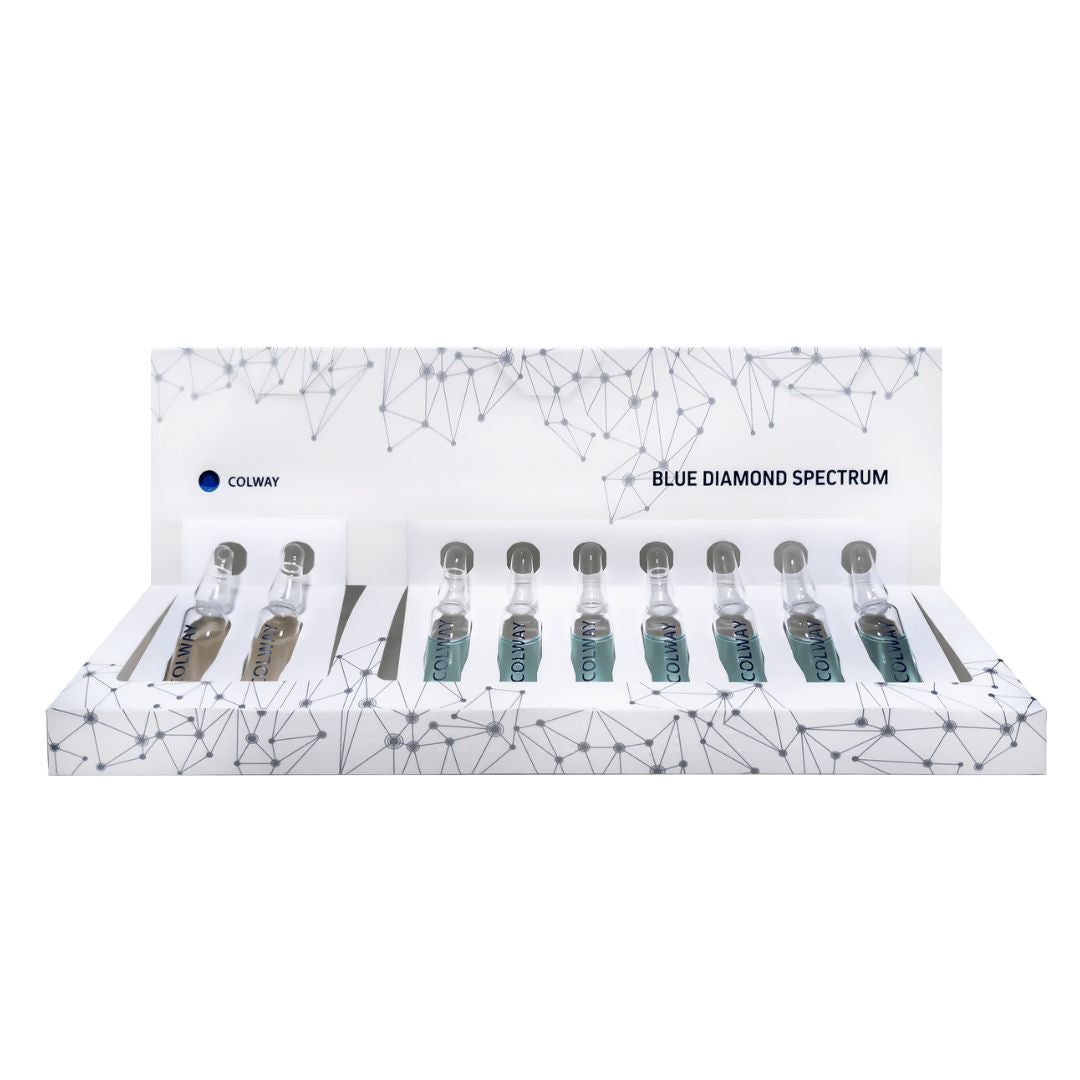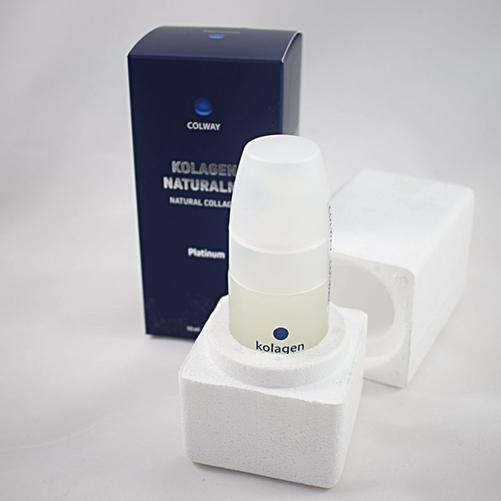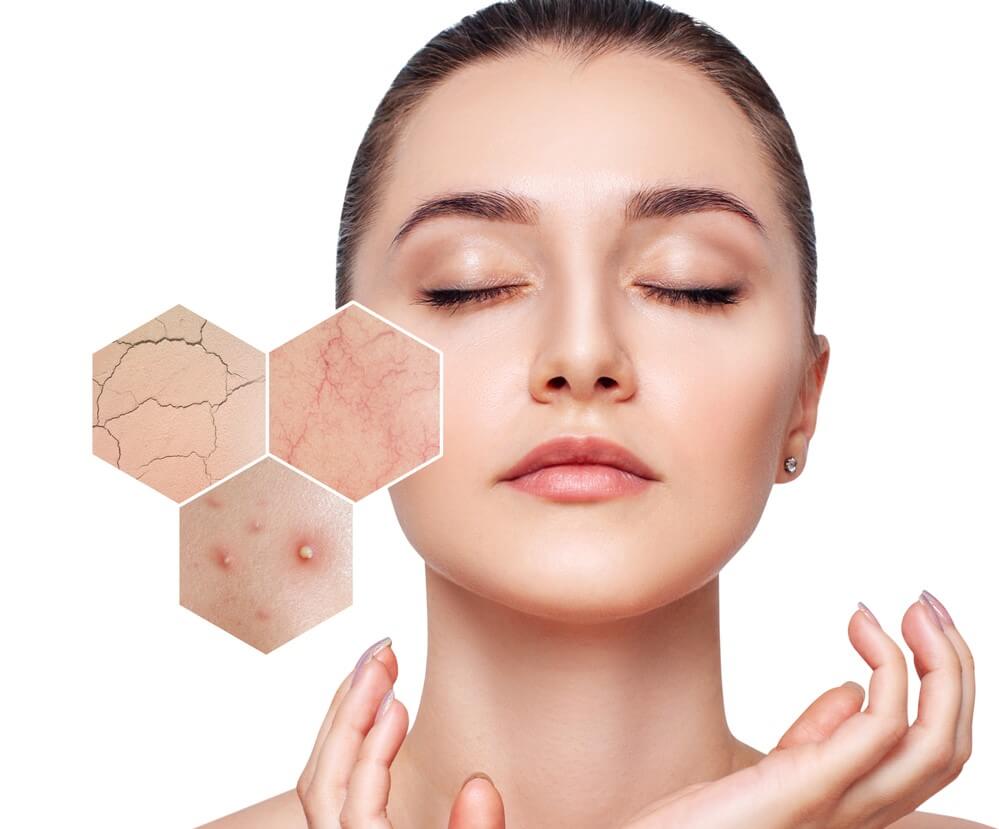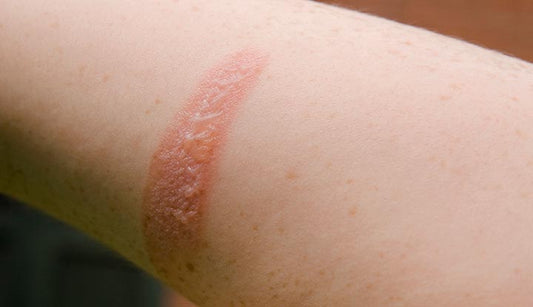What is sensitive skin? How to fight it?
WHAT IS SKIN?
The skin is the largest organ in the body, the one that faces the most physical and psychological disorders. It performs multiple functions, such as the regulation of body temperature, the sense of touch, the maintenance of body moisture and being the first barrier of the immune system. It is also a reflection of our psycho-emotional state of mind.
WHAT IS SENSITIVE SKIN?
To keep all the functions of the skin perfectly active, it is necessary to renew it continuously, since the skin cells lose their ability to regenerate over time, thus causing skin aging.
The skin is sometimes characterized by its sensitivity, sensitive skin is more reactive to the environment or to internal disorders, causing irritations, allergies and other skin problems such as atopic dermatitis.
Sensitivity can appear on any type of skin: it can be oily, dry, normal or mixed. It can also appear on both young and mature skin.
CHARACTERISTICS OF SENSITIVE SKIN
- Possess a thin stratum corneum, which gives it a brittle and rough appearance.
- Poor barrier action performance.
- Redness, due to increased blood flow, which occurs in any inflammatory reaction.
- Itching, itching and burning due to the peeling process of the skin.
- Loss of the hydrolipidic film of the skin, resulting in dry and dehydrated skin, unable to maintain osmotic balance.
SENSITIVE SKIN TYPES
Natural Sensitive Skin: A thin white skin, sometimes a little dry, flakes on the surface and rinses off easily. For example, a baby's skin is thinner and its barrier function is more limited than adult skin.
Reactive sensitive skin: cold, sun, wind and inadequate hygiene habits damage the skin. A peeling, a laser intervention, can cause the skin to react actively.
Occasional Sensitive Skin: A skin disorder such as seborrheic dermatitis, acne, rosacea, as well as many other situations trigger skin sensitivity. For example, hormonal imbalance, this can be the result of stress, pregnancy, the menstrual cycle, puberty or menopause.
WHAT IS HYPERSENSITIVITY?
Hypersensitive skin is defined as a skin type that is hyperreactive to different factors of a different nature that are generally well tolerated by normal skin. It is a more extreme and common version of sensitive skin.
It is characterized by uncomfortable sensations and visible reactions when it comes into contact with generally harmless agents, such as extreme temperatures, chemicals or UV rays.
The symptoms of hypersensitive skin are: weakening of the barrier function of the skin, high reactivity of the sensory fibers of the epidermis, and redness caused by inflammation. They can be caused by external and/or internal factors.
IN WHICH PARTS OF THE BODY DOES IT APPEAR?
If the symptoms are not treated properly, any area of skin on the body can crack, crack anywhere on the body.
Even large skin areas such as the arms, legs, décolleté, hands, shoulders, elbows, calves, scalp, knees, and also intimate areas can be affected as they are areas vulnerable.
This sensitivity can be caused by atopic dermatitis.
INTERNAL FACTORS
- Allergies: redness, tightness, itching, burning, pustules, etc.
- Perspiration: Perspiration and Microinflammation.
- Tightening the skin.
- Hormonal changes: acne (puberty) and melasma (hormones in pregnancy).
- Free radicals.
- Genetics.
EXTERNAL FACTORS
- Tight synthetic fabrics: damaged and irritated skin.
- Chemical products: they modify the natural neutralization capacity of the skin, damage the cellular structure and impair the barrier function of the outermost layer of the epidermis.
- Prolonged contact with water: Loss of natural skin moisturizing factors (known as NMF) from surface lipids. The skin becomes dry and rough, more sensitive.
- temperature and humidity.
- Medical treatments: chemotherapy, radiotherapy, dialysis diuretics, laxatives, drugs for lipid metabolism, etc.
- Air pollution.
- UV radiation: healthy skin contains antioxidants that protect it from free radicals.
WHEN DOES IT APPEAR?
The phenomenon of sensitive skin appears more and more in the population, increasing year after year. Apparently it is linked to the way of life in industrialized countries due to lower environmental quality and increased use of irritating products due to excessive hygiene habits. Although the origin is multifactorial, it is also related to genetic and immunological factors and disorders of the skin barrier function.
WHAT IS THE ATOPIC DERMATITIS?
Atopic dermatitis is a chronic inflammatory skin disease with a hereditary and allergic tendency characterized by redness and dryness of the skin that causes itching and scratches and manifests itself in the form of outbreaks that lead to the appearance of very delicate skin.
OTHER SKIN PROCESSES
dehydrated skin
Dehydrated skin is skin that lacks water. Dehydration is usually temporary and can affect all skin types: oily and combination skin, dry and very dry skin, sensitive skin or not. It is important not to confuse dry skin and dehydrated skin. In fact, in the first case, the skin has a continuous lack of lipids and requires an additional input of fatty substances. In the second case, the skin lacks water and needs ingredients that capture water, but not lipids.
Water is an essential element for all skins. The upper layer of the epidermis naturally contains between 12% and 16% water. When this percentage is less than 10%, it can be said that the skin is dehydrated.
sun allergies
Sun allergy or photosensitivity refers to various symptoms, diseases, and disorders caused or aggravated by exposure to sunlight.
The most common places where this type of allergy occurs include:
- The "V" of the neck
- the back of the hands
- Outer face of arms and legs.
In rare cases, the reaction can be more severe and can lead to hives or small blisters that may even spread to the skin in the covered areas.
The reason for this bodily reaction is unknown. Some components of the skin altered by the sun are recognized as foreign by the immune system and the body activates its immune defenses against them. This produces an allergic reaction that takes the form of a skin rash, small blisters, or, rarely, some other type of skin reaction. People of all races and ages can develop these allergies.
HOW TO FIGHT SENSITIVITY?
A cosmetic product for sensitive skin must treat the reactivity of the skin and avoid irritation, through a formula that excludes irritating ingredients such as alcohol, anionic surfactants, comedogenic substances and photosensitizers.
The first thing to avoid is dryness, with rich pure nourishing ingredients and lipid components of the stratum corneum, restoring the skin's barrier function.
The second step is to formulate with soothing agents with anti-inflammatory properties that will treat skin reactivity.
Including vasoprotective agents with anti-edema and circulation-stimulating properties is essential to treat the redness of sensitive skin.
Healthy skin is a reflection of good homeostasis, we must help maintain our body's ability to guarantee its correct functions.

